The Hydraulics Laboratory at The University of Iowa, renovated in 2001 and in 2003 renamed the C. Maxwell Stanley Hydraulics Laboratory, is the oldest university-based hydraulics laboratory in the U.S. that continuously has focused on research, education, and service in hydraulic engineering. Since its initial construction in 1919, the facility and staff have produced a massive amount of research that has shaped water-related constructs around the world. Its efforts have been guided by noted directors such as Floyd Nagler (1920-1933), Hunter Rouse (1944-1965), and John F.
Laboratory
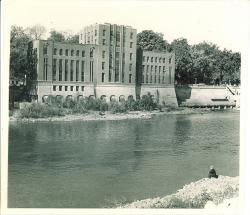
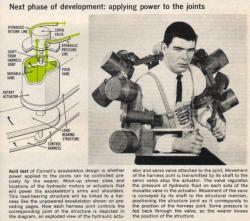
Tracing its history to the earliest days of powered flight – to the Wright brothers and Glenn Curtiss – the site began as the research laboratory of the Curtiss-Wright Aircraft Company. After World War II, it was donated to Cornell University, and in January 1946 opened its doors as the Cornell Aeronautical Laboratory. Nearly every military aircraft and space vehicle developed in the United States from the end of World War II until the present day has been tested at the facility, now known as Calspan.
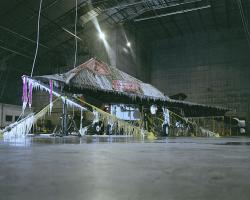
Designed and constructed in the early 1940s, this laboratory has an unequalled capacity to simulate a wide range of climatic conditions from arctic cold to jungle moisture. Data from tests of some three hundred different aircraft and over two thousand items of equipment has provided information vital to the performance, safety, and reliability of aircraft operating in extremes of weather.
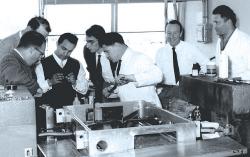
The 1992 Nobel Prize in physics was awarded to Georges Charpak, France, for his invention and development of detectors in high energy physics. Since 1959 Charpak had worked at CERN, the European laboratory for particle physics situated in the canton of Geneva in Switzerland. Charpak invented the multi - wire proportional chamber at CERN. The pioneering work was published in 1968. Largely due to his work particle physicists have been able to focus their interest on very rare particle interactions, which often reveal the secrets of the inner parts of matter.
Innovations
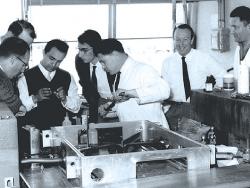
The 1992 Nobel Prize in physics was awarded to Georges Charpak, France, for his invention and development of detectors in high energy physics. Since 1959 Charpak had worked at CERN, the European laboratory for particle physics situated in the canton of Geneva in Switzerland. Charpak invented the…
Read More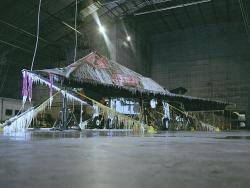
Designed and constructed in the early 1940s, this laboratory has an unequalled capacity to simulate a wide range of climatic conditions from arctic cold to jungle moisture. Data from tests of some three hundred different aircraft and over two thousand items of equipment has provided information…
Read More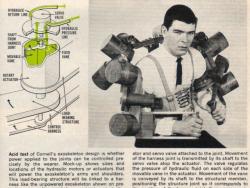
Tracing its history to the earliest days of powered flight – to the Wright brothers and Glenn Curtiss – the site began as the research laboratory of the Curtiss-Wright Aircraft Company. After World War II, it was donated to Cornell University, and in January 1946 opened its doors as the Cornell…
Read More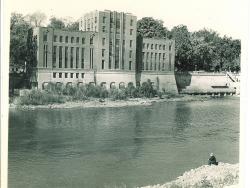
The Hydraulics Laboratory at The University of Iowa, renovated in 2001 and in 2003 renamed the C. Maxwell Stanley Hydraulics Laboratory, is the oldest university-based hydraulics laboratory in the U.S. that continuously has focused on research, education, and service in hydraulic engineering.…
Read More

